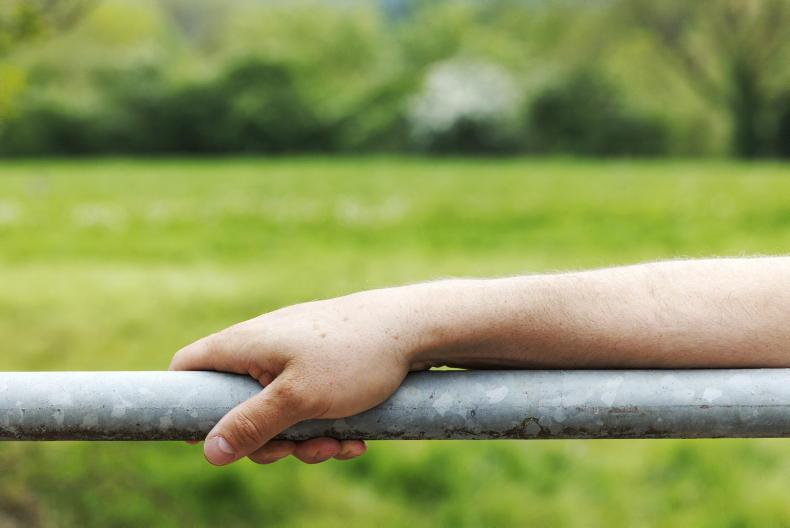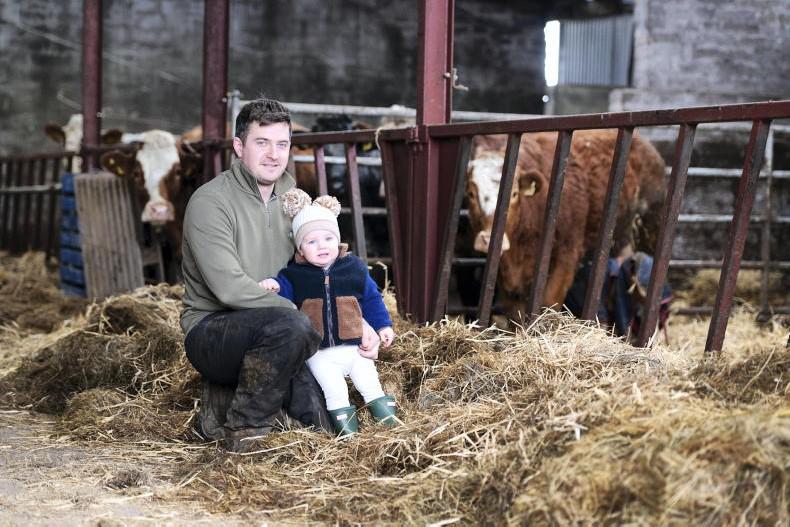Just before Christmas, the second payment of the Single Farm Payment safely arrived. A week or so later than normal, but the real significance was that it was the last payment reflecting the system that bore a direct relationship with farm output in the base years of 2000 to 2002. While the name may have changed to Basic Farm Payment, with an element of greening and some convergence, the new system starting this year is a fundamental change. At the Irish Farmers Journal/Department of Agriculture information meetings, we were promised an individual statement in February for our future payment entitlements - to say that we await that with interest is an understatement.
We have also received some of the protein aid payment for the beans or the straw incorporation scheme – which one I am not quite sure, as the normal postal notification has, I presume, been delayed in the Christmas post. But the vast bulk of the money due has arrived, maintaining the payment efficiency record of the Department.
The real significance was that it was the last payment reflecting the system that bore a direct relationship with farm output in the base years of 2000 to 2002
Meanwhile at field level, while the intense cold has disappeared with very little damage to any of the crops as far as I can see, I have been surprised to find some hydrodare piping in the fields cracked and badly leaked water. While there will always be leaks, I have never associated leaks in hydodare with intense cold. I can only assume that frozen water in the pipe expanded and caused the pipe to split. I remember the same happening many years ago with old lead pipes, but I had thought that the rubber in the hydrodare would be sufficiently flexible to absorb the pressure from frozen water. It seems I was wrong. A lesson learned.
Another lesson learned some years ago was the danger of broken slats. The first of our slatted houses was built 48 years ago. It was, as far as I know, the second one to be built in the county. Most of the original 10ft slats have been replaced at this stage and we have completely replaced one of the roofs.
We try and limit any insecticide damage by carrying out the necessary spraying as late as possible in the summer evenings
The other early roof is still fine, which I put down to better wind flow preventing condensation. Anyway, we have taken delivery, again just before Christmas, of a number of 10ft gang slats each with the equivalent of six slats. This should at least provide us with insurance against breakages for the moment.
A welcome visit over the Christmas period was from the beekeepers, who carefully place the hives, tend the bees and gather the honey on the headlands of the beans and oilseed rape fields. We have had bees for many years at this stage. I regard them as highly beneficial for crops and a good indicator of a healthy field environment.
We try and limit any insecticide damage by carrying out the necessary spraying as late as possible in the summer evenings and every year we get a present of some of the produce. This year was a bumper one for honey – was it because of the heat and the long dry spell, or were there some other factors at work? I would love to know. Sufficient for the moment to acknowledge that good crops can co-exist with healthy insect life.










SHARING OPTIONS